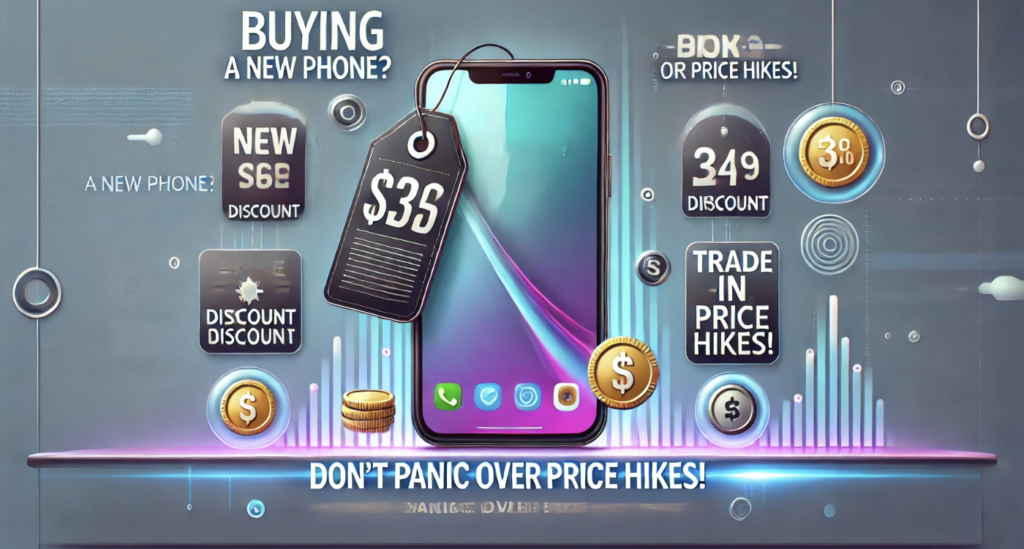
Understanding Potential Price Changes
Recent tariffs on Chinese imports have raised concerns about potential smartphone price increases. However, several factors may help cushion the impact of these changes.
Many phones currently available in the U.S. are already in stock, which means any tariff-related price hikes won’t be felt immediately. Additionally, promotional discounts and installment plans can offset potential increases. For example, a hypothetical $100 price hike would likely translate into just a small bump in monthly payments for those financing their phones.
The Impact of Tariffs on Consumer Electronics
The new tariffs could drive up prices across a wide range of consumer goods, with the tech industry being particularly vulnerable due to its reliance on Chinese supply chains. According to the U.S. Department of Commerce, communication and computer equipment were among the top imports from China in 2024.
However, experts believe that smartphone prices may not rise immediately. Dan Ives, Managing Director at Wedbush Securities, explains, “It depends on how long the tariffs last and how extensive they are. At this point, we don’t anticipate an immediate price increase.”
How Consumers Purchase Phones
Most U.S. consumers buy new phones through installment plans rather than paying the full price upfront. Research from Consumer Intelligence Research Partners shows that 55% of U.S. phone buyers opt for financing, while the International Data Corporation (IDC) confirms that most postpaid smartphones sold in the U.S. are financed through carriers.
Installment plans, which spread payments over 24 or 36 months, can minimize the financial impact of price increases. Additionally, carriers frequently offer trade-in promotions, allowing customers to upgrade to a new device at a reduced cost—or even for free—depending on their plan.
Ways to Avoid Potential Price Increases
If tariffs do lead to higher smartphone prices, consumers can still mitigate costs by taking advantage of trade-in programs and carrier promotions. These incentives often help offset price hikes and keep monthly payments manageable.
If any price increases do occur, they are most likely to become apparent in the fall or during the holiday season when new iPhone models are typically released. However, smartphone pricing is influenced by multiple factors, including competition and pre-arranged production costs, which are often set a year or two in advance.
“These are complex cycles, and many costs are determined long before tariffs take effect,” Ives explains.
The Growing Demand for Used and Refurbished Phones
Not all consumers seek the latest smartphone models. The market for refurbished and used smartphones grew by 6.4% in 2023, according to IDC data.
Additionally, IDC reports that 60% of U.S. consumers have either purchased or are open to buying a used smartphone. With trade-in programs on the rise, the availability of used devices is expanding, offering budget-conscious buyers more affordable options.
As major smartphone manufacturers prepare to launch new models ahead of the holiday season, the full impact of tariffs on pricing will become clearer. However, industry experts suggest that any immediate effects will likely be minimal.
«When it comes to tariffs on China, the concern is often greater than the actual impact,» Ives concludes.


